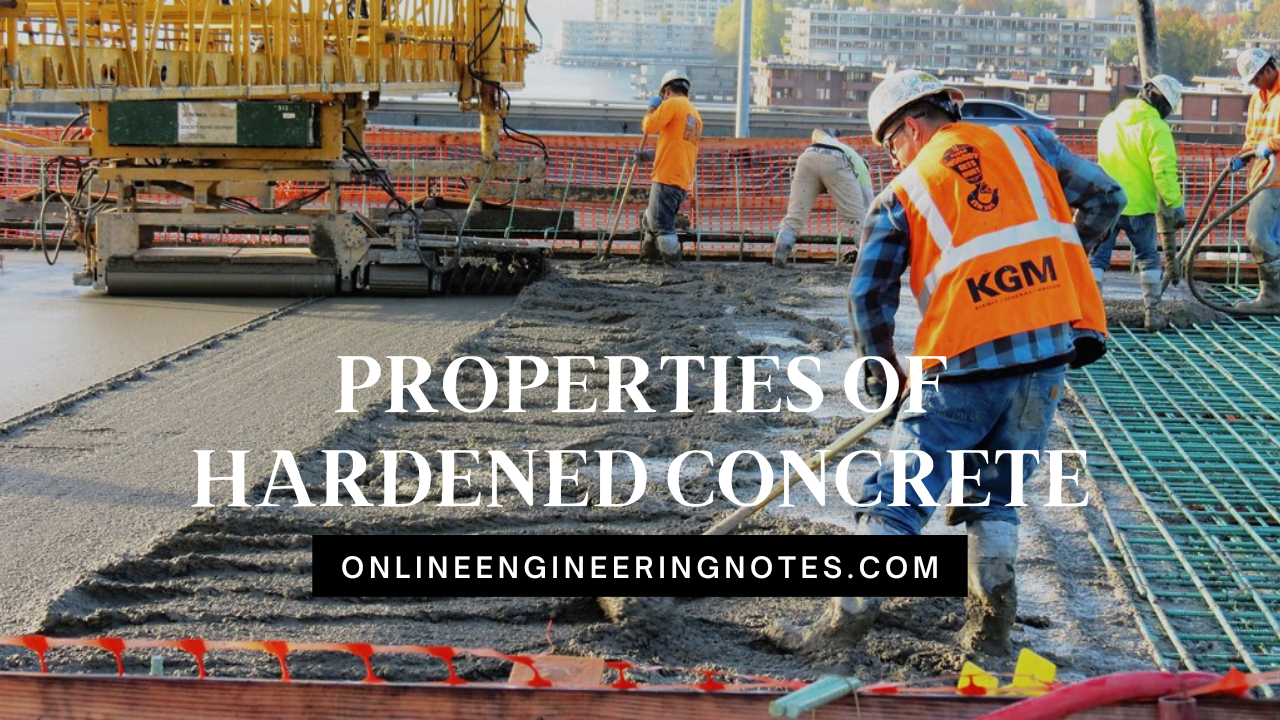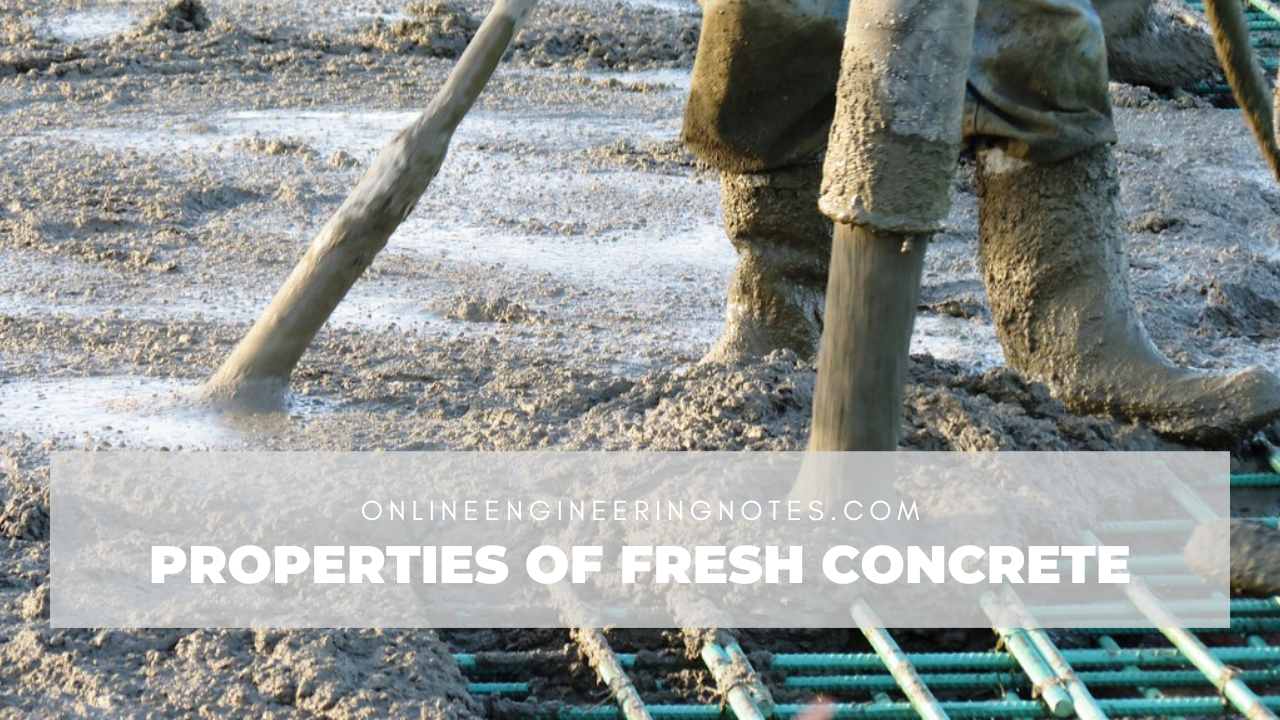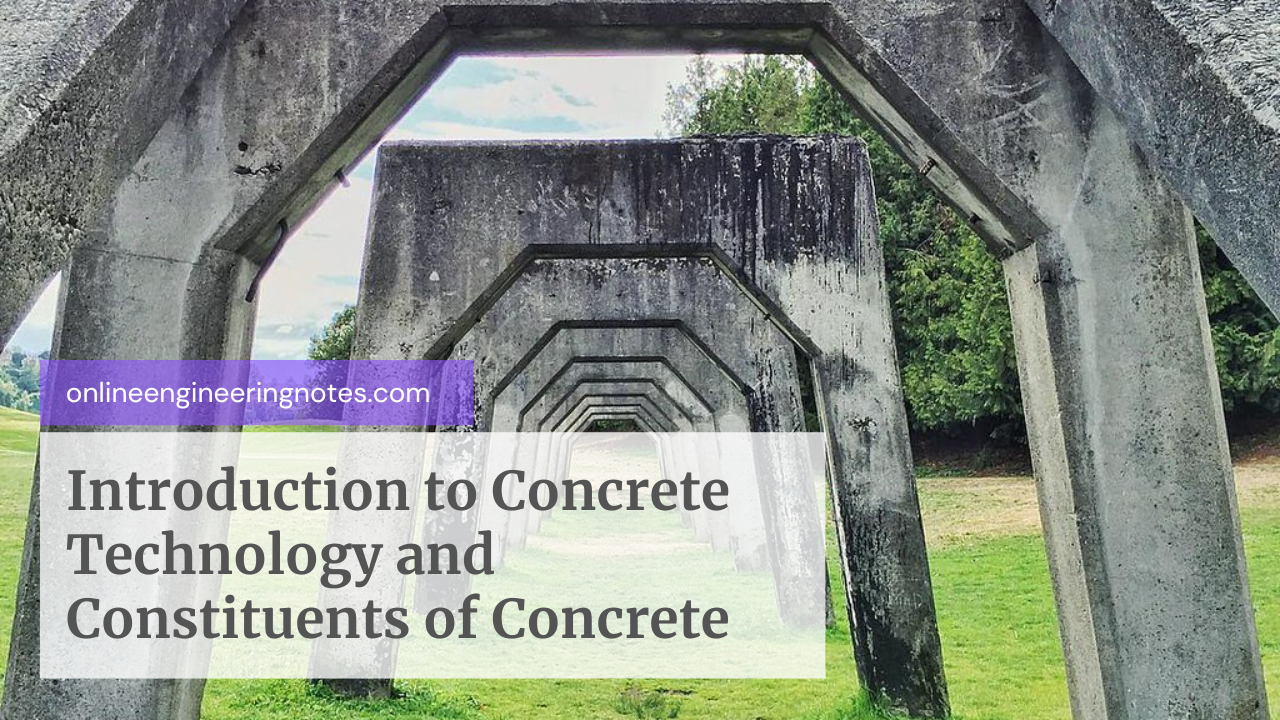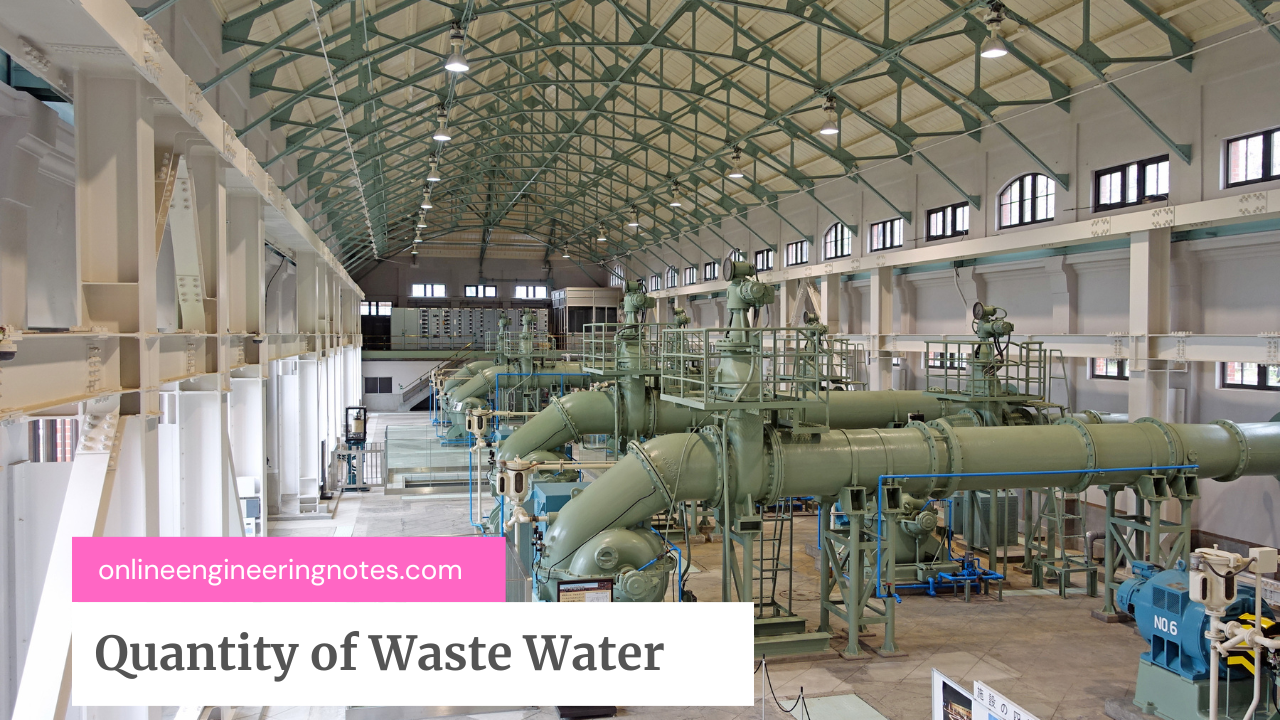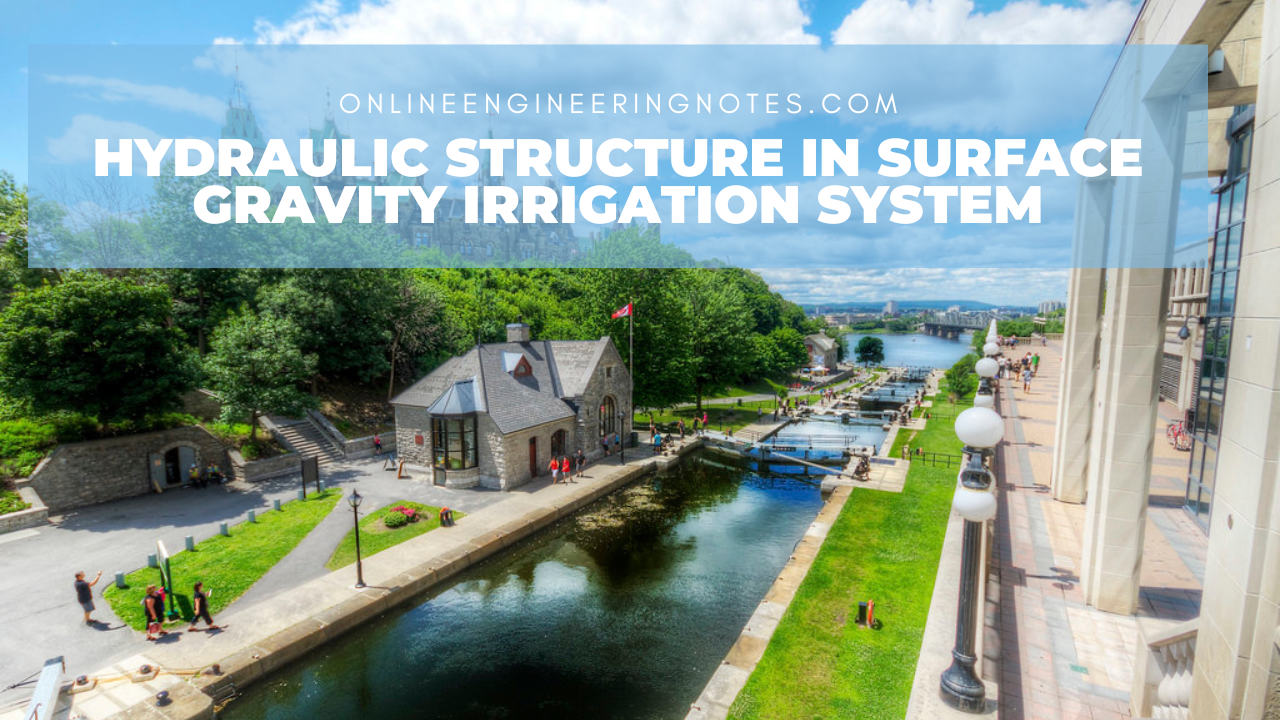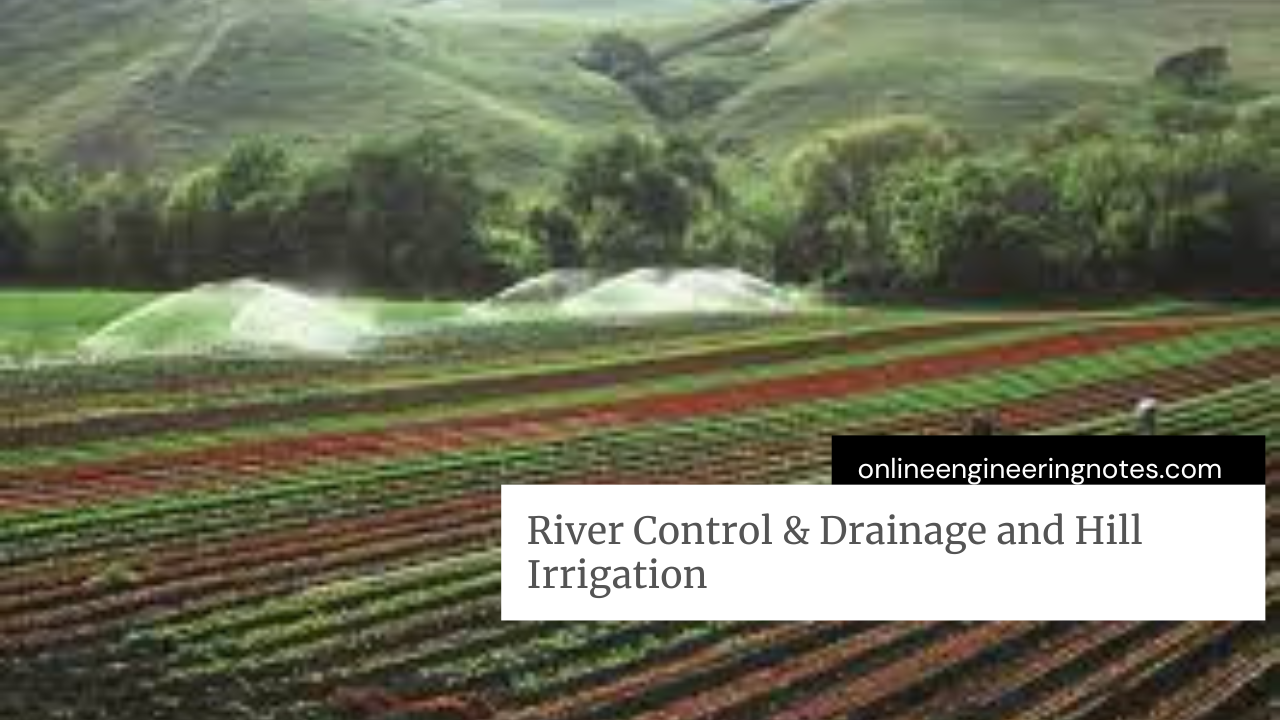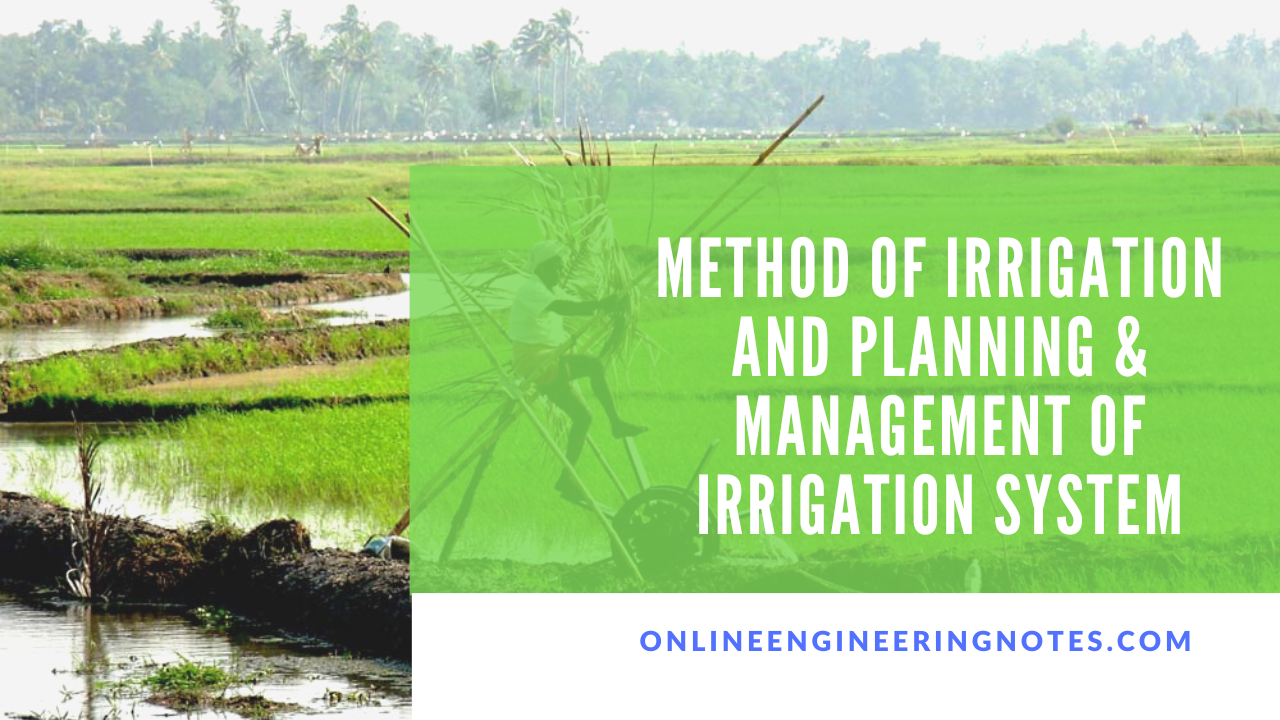Properties of Hardened Concrete: Deformation of hardened concrete, moduli of elasticity & Fatigue, impact and cyclic loading
1.1 Deformation of hardened concrete moduli of elasticity Deformation of hardened concrete: Following strains are responsible for the deformation of concrete: a. Elastic strain: Instantaneous deformation that occurs when an external stress is first applied. b. Shrinkage strain: Deformation that occurs due to the loss of moisture from concrete. c. Creep strain: Deformation that occurs … Read more

